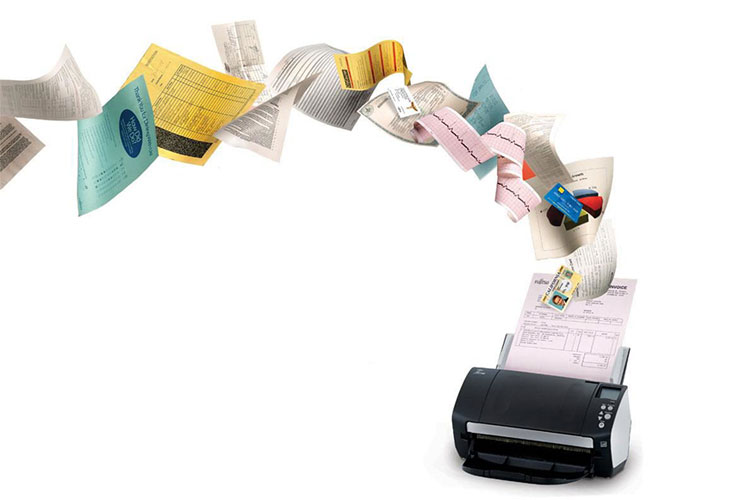Imaging allows organizations to capture paper-based information and convert it to electronic images that are stored in a computer electronically.
What Is Imaging?
Imaging is how you’ll remove the paper from your office, digitize it, and enable a more streamlined business process.
Whether you call it imaging, electronic imaging or document imaging it is the technologies that enable users to scan hard copy documents into a computer system and store them in digital format. These technologies enable users to index or enter “metadata” into the system and always utilize some form of storage technology to save the digital version of the document.
If you are looking for a definition to document imaging, the following are official definitions:
Document imaging – Process of capturing, storing, and retrieving documents regardless of original format, using micrographics and/or electronic imaging (scanning, OCR, ICR, etc.). (ISO 12651-1)
Electronic imaging – Technique for inputting, recording, processing, storing, transferring and using images. (ISO 12651-1)
Most documents are created and stored electronically. Nearly every organization, however, has a large volume of documents that currently only exist in a paper format. Document imaging or imaging, allows organizations to capture paper-based information and convert it to electronic images that are stored in a computer electronically.
There are several reasons why organizations decide to transform these paper documents and make them available electronically:
- Accessibility
- Ease of access
- Enables full-text search
- Security
- Space savings
There are four basic components to document imaging systems:
- input
- identification (indexing)
- storage
- retrieval
The input components typically consist of multiple single-sided (simplex) and/or double-sided (duplex) document scanners (or other input devices such as facsimile). The scanning stations are used to convert hard copy documents into a digital format for subsequent storage and management in the document imaging system. The identification (indexing) components allow users to identify (or index) this digital information allowing them to be retrieved at a later date and all types of information required by the end-user organization to fully track all necessary metadata).
The storage part of the system consists of various components connected to the document management or workflow server and are used to store, retrieve and manage digital information. The retrieval part of the system consists of the user issuing a request for information that is then processed by the server. These requests are processed and the information is retrieved from the appropriate storage media connected to the server.
Imaging can be a costly process and because of that it deserves attention and analysis. Even though imaging is getting easier to manage with all of the various types of scanning hardware available, the big steps in an imaging project are:
- Sorting the documents
- Preparing them for scanning
- Scanning
- Indexing the scanned documents so they can be retrieved and searched
- Storing in a system
It is easy to understand sorting and preparing the documents will require a lot of time and effort. What is perceived as a simple task that needs to take place during document preparation, removing all of the staples and paperclips can be a mammoth task when you consider the volume of paper to be scanned.
Another important and time consuming task is the indexing of the documents. The quality and effort put into this activity determines how well the documents can be found.
